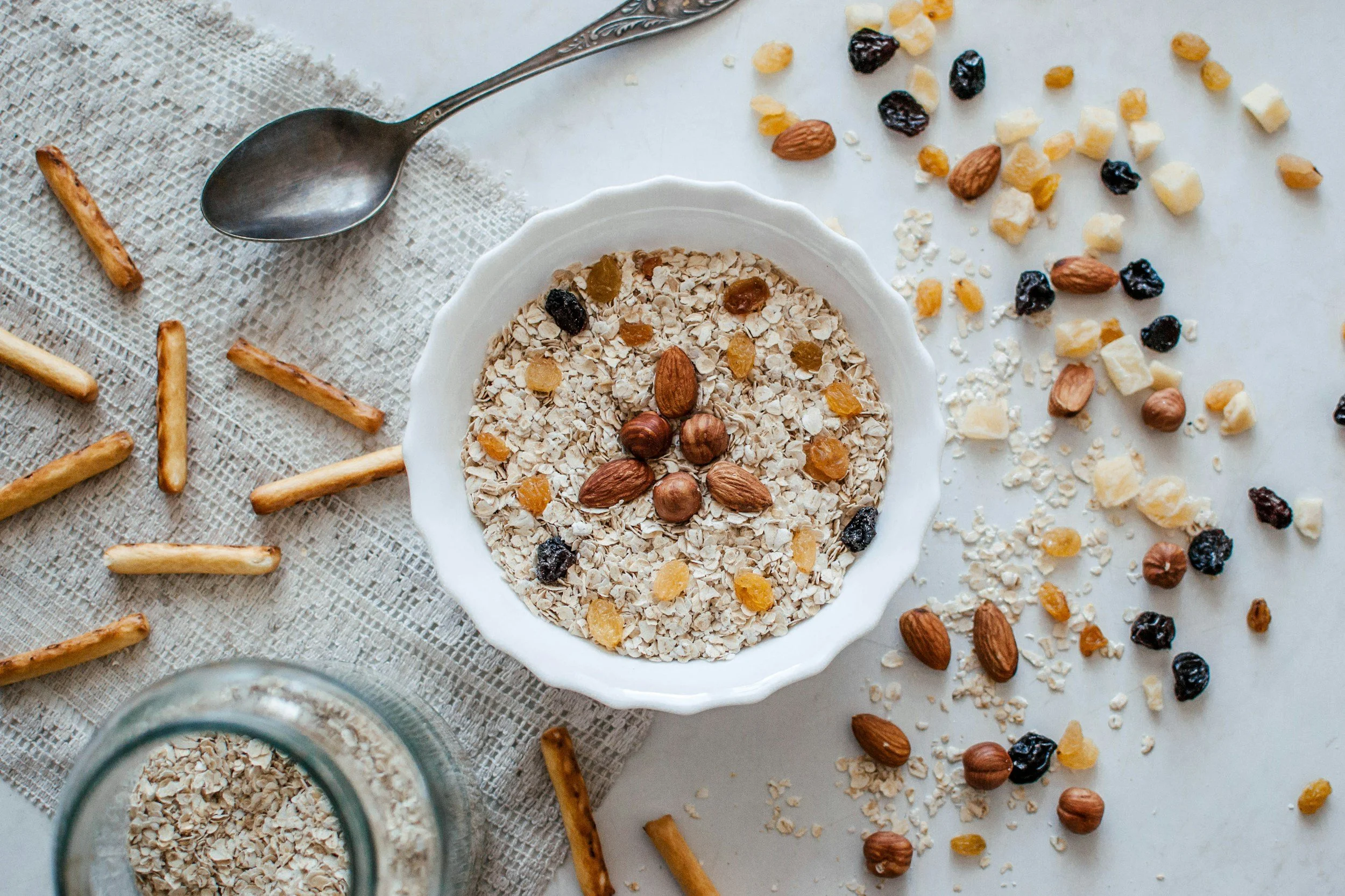Habits for Maintaining Healthy Gums
There’s a good chance you think about your gums beyond ensuring you've flossed and brushed your teeth. Your gums are important for your overall health. They help you maintain healthy and strong teeth, but they are connected to a range of different issues, for instance, pregnancy complications, diabetes, and even dementia. So, it's smart to prioritize your gum health, and here are a few things that can help you with it.
Get Regular Dental Checkups
When you go for professional cleaning, it can help eliminate the plaque you missed while brushing your teeth. Even the best brusher missed some! In addition, with the regular visits, your local dentist can help identify some early signs of gum disease and gingivitis, leading to gum inflammation.
Use Fluoride Toothpaste
Most store shelves have different toothpaste brands that claim they reduce gingivitis, help freshen your breath, and whiten teeth. First, you need to identify the best one for your gums. In that case, ensure the toothpaste you choose contains fluoride and has an ADA acceptance seal. After that, you can choose the appropriate flavor you prefer. I like Colgate Total Health, but there are lots of great options.
Rinse Your Mouth with Care
You may be rinsing your mouth after brushing your teeth, but oral hygiene practices need to complement how effective the toothpaste is. For example, when you wash out your mouth with water after brushing with the toothpaste, chances are you're washing the toothpaste. Conversely, when rinsing your mouth after eating, you will be able to rinse the food and bacteria, which may lead to tartar and plaque.
Avoid Smoking
When you smoke, your immune system starts to weaken. You may be chewing or smoking tobacco, which can put you at high risk of having gum disease. The chemicals that are in the tobacco product can affect the flow of saliva in your mouth, giving the bacteria an easier time to stick to your gums. If you're a smoker, there is a likelihood you can develop gum disease. Treatment for the condition may not work well if you smoke, so it's good to avoid smoking when getting treatment.
Floss with Care
Flossing helps remove food particles and plaque that has been stitched under your gums and between your teeth. Consider cutting off almost 18 inches of floss to floss correctly, and make sure you hold it tightly. When flossing, gently slide it up and down. In cases where the floss reaches the gum line, start curving it around one tooth. Then, start rubbing the side of the tooth and move the floss in motions up and down, making sure it's going below the gumline. Afterward, repeat the method on the other teeth, and don't forget to do the same at the backside of your teeth. Be gentle!
Use Therapeutic Mouthwash
You can get yours over the counter in the oral care section. It can help reduce plaque, reduce the development speed of tartar, and reduce gingivitis. It also helps remove food particles and debris in your mouth. Although, you should not consider it a substitute for brushing or flossing. Look for an ADA seal that shows it's been deemed safe and effective.




